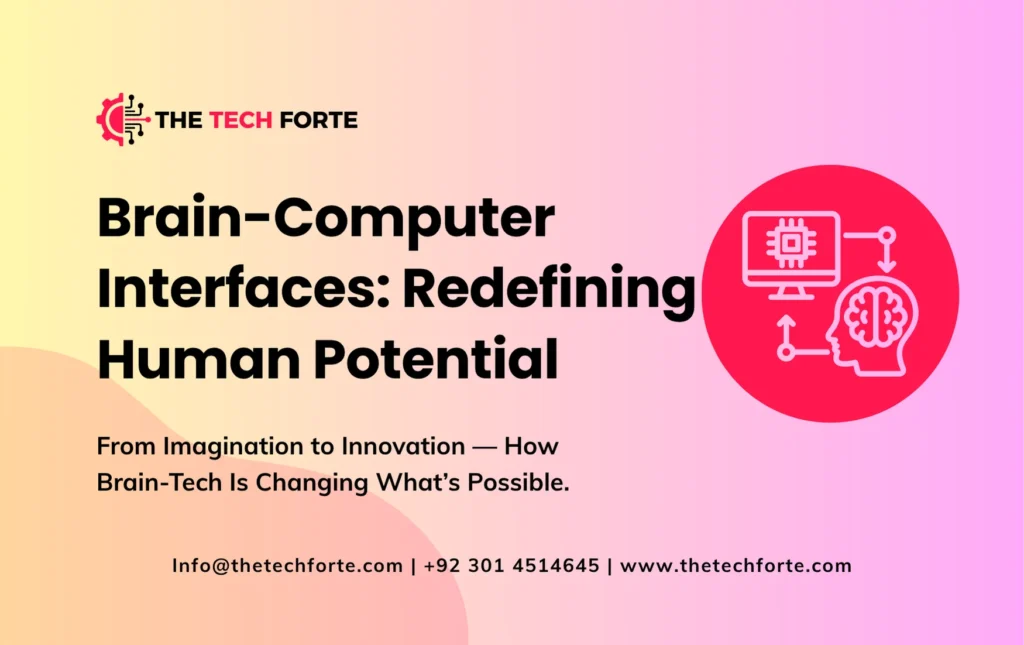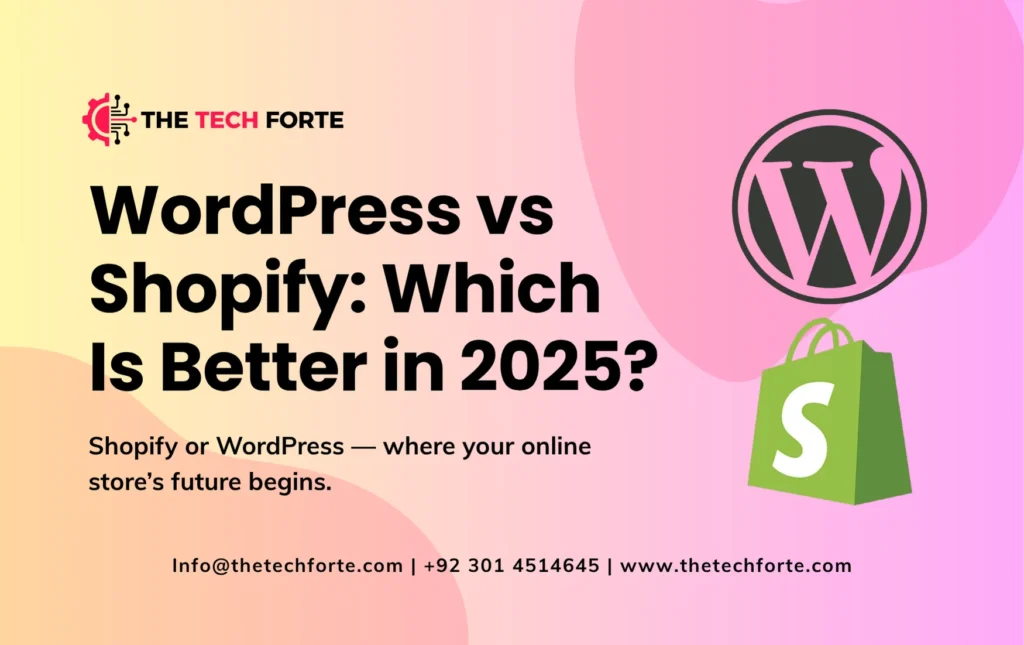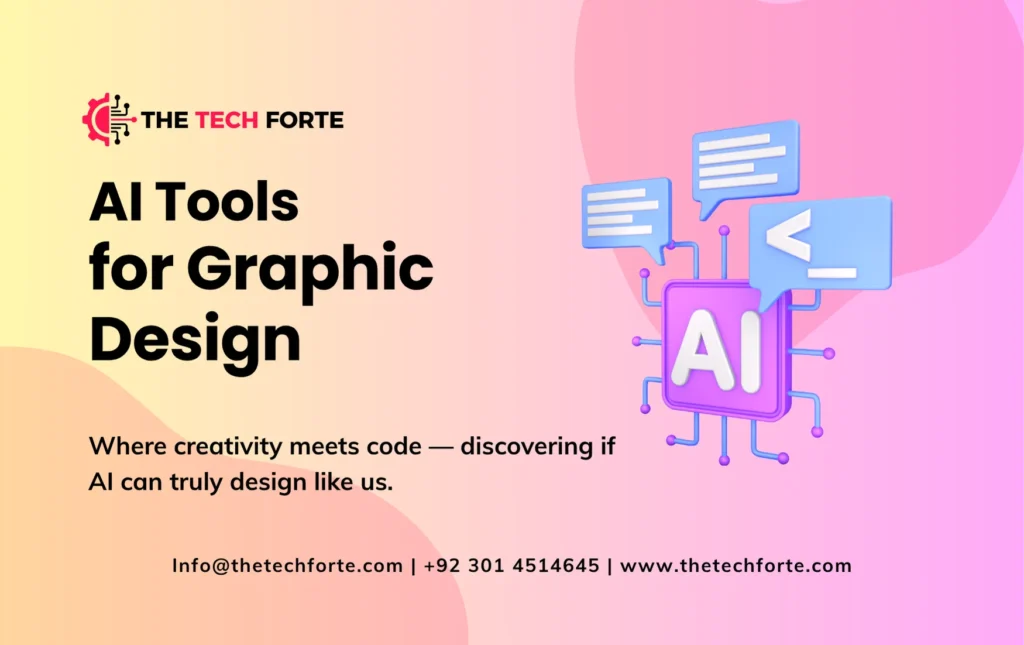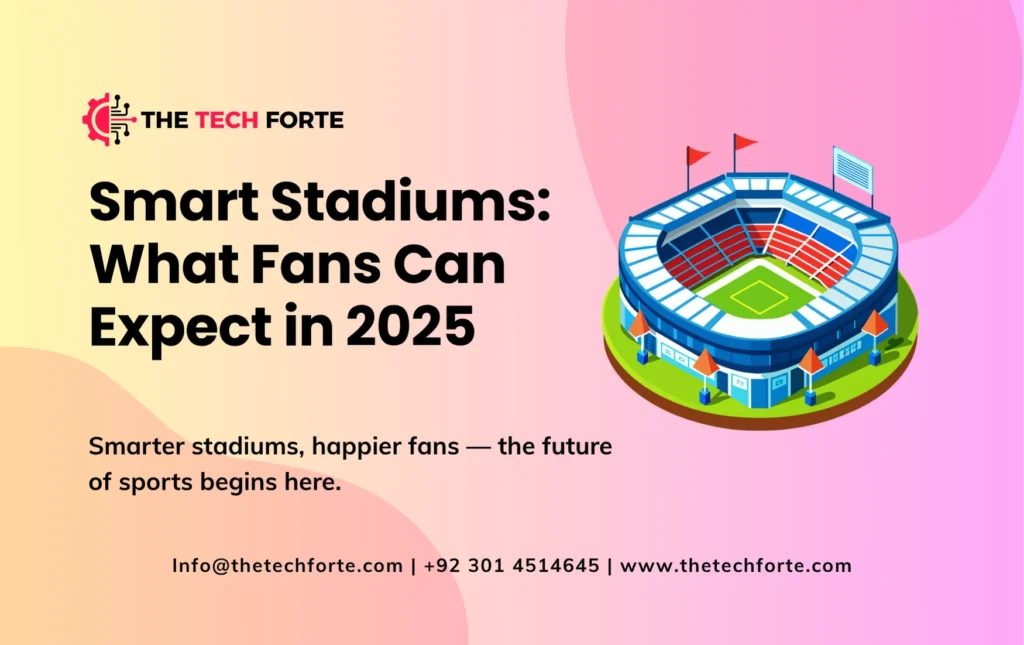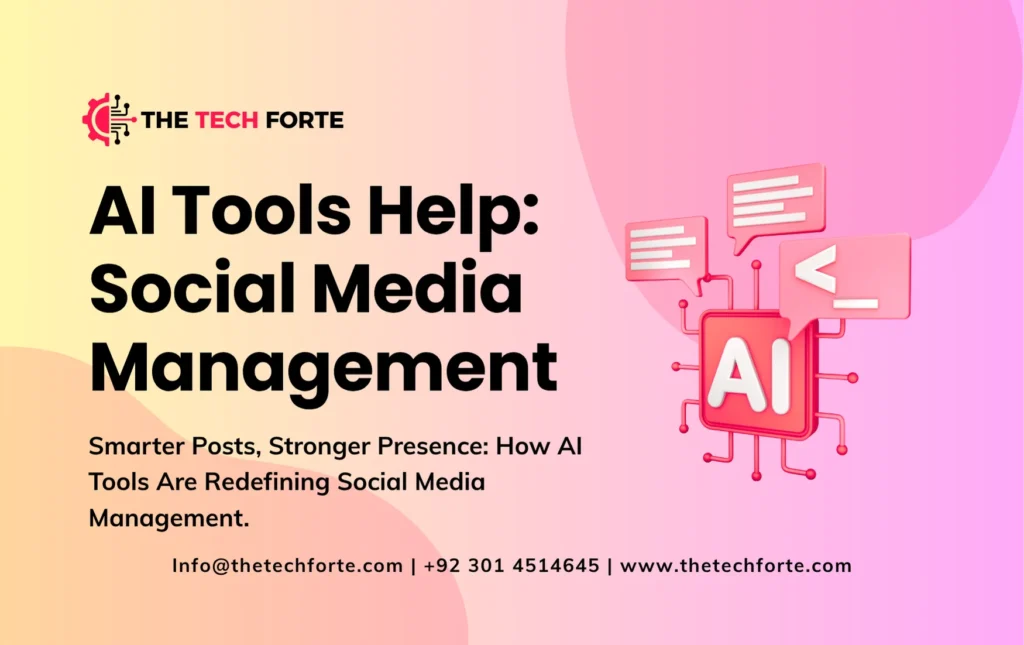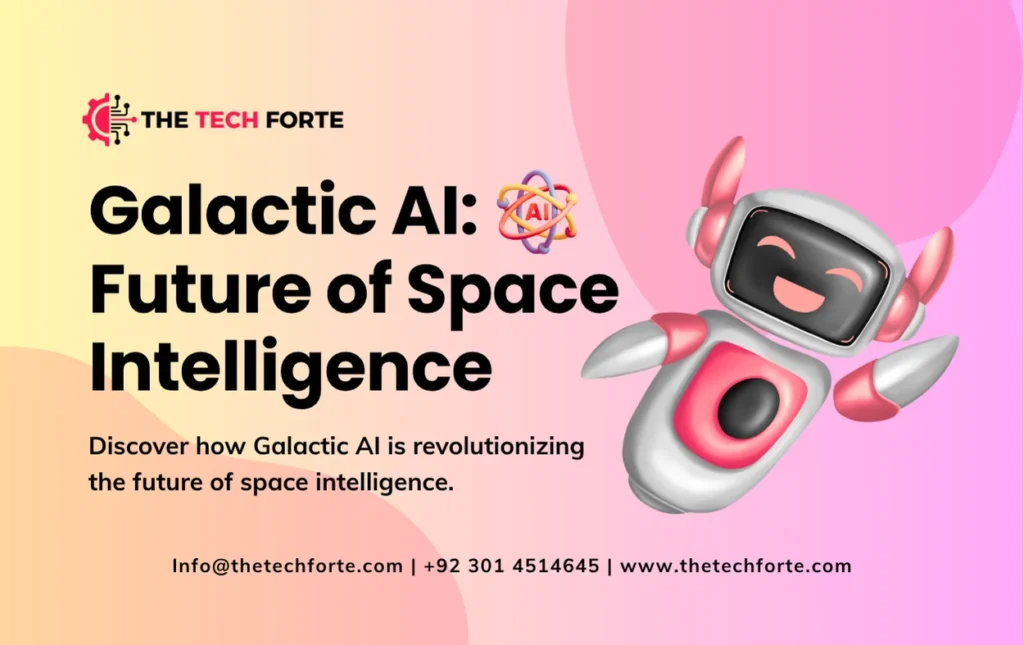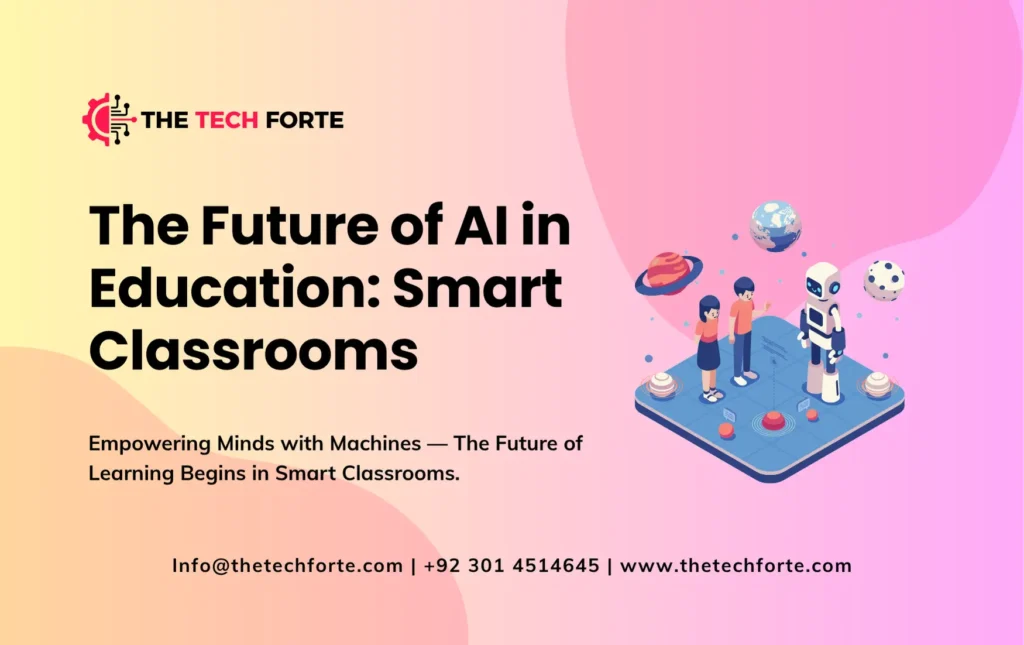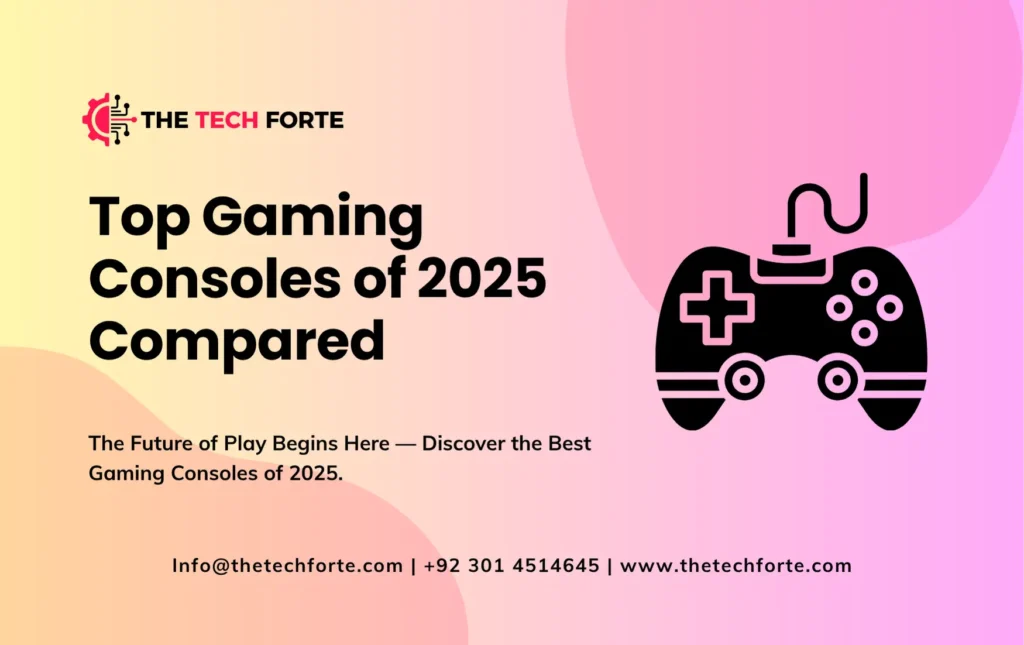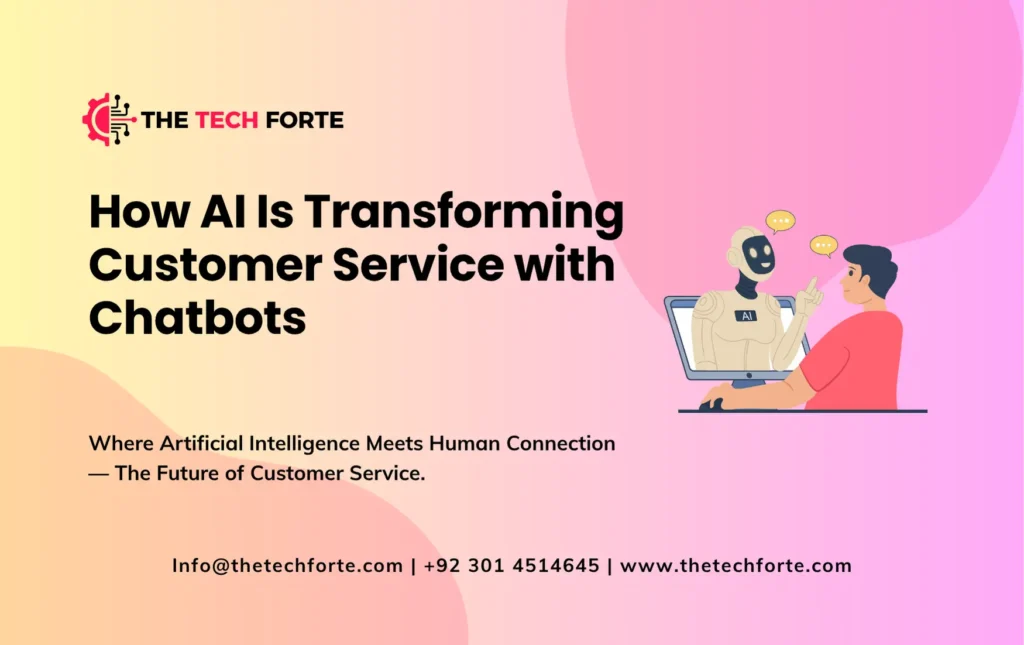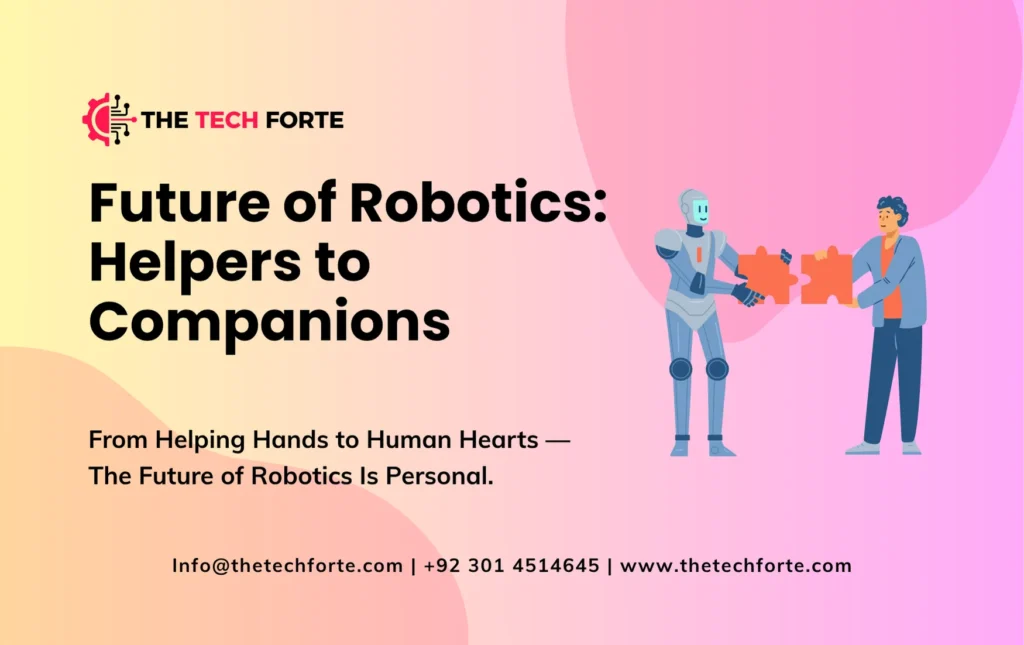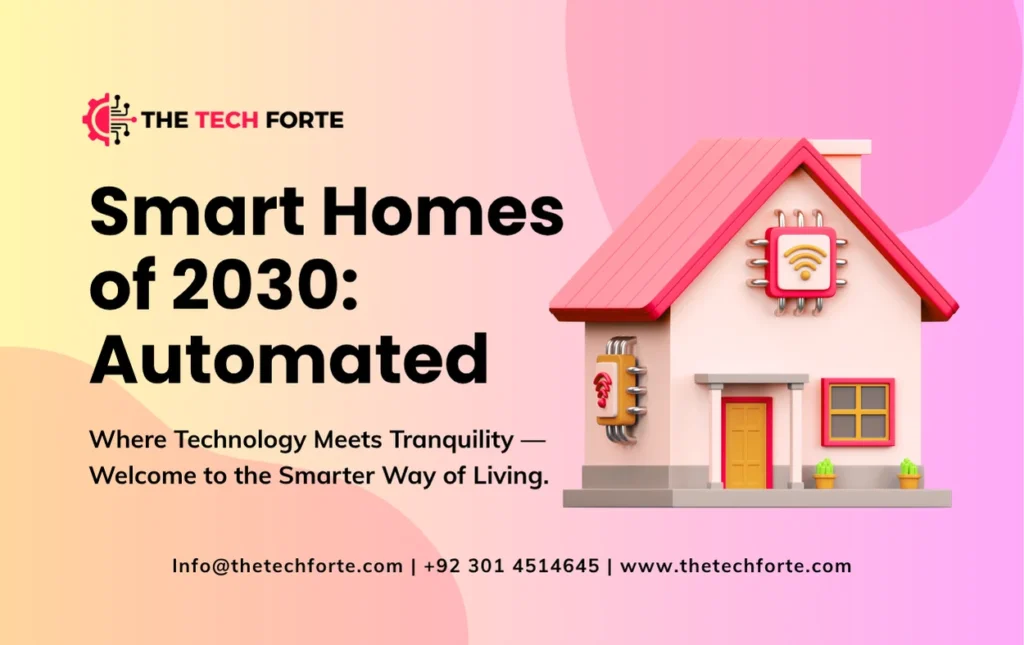Smart Homes of 2030: Living with Fully Automated Systems

Imagine waking up in 2030 to a house that already knows your morning routine. The blinds open gently, the coffee brews itself, and your favorite playlist starts in sync with sunrise. This isn’t a futuristic movie scene — it’s the reality of smart homes in 2030.
The future of smart homes is about more than just convenience. It’s about AI-powered homes that learn, adapt, and even anticipate your needs. The shift from connected devices to fully automated homes marks a major leap in how we live, save energy, and stay secure.
As we step into the next decade, home automation systems are becoming the quiet partners of modern living — managing energy, ensuring safety, and enhancing comfort without human effort.
Read More: DIY Smart Home Automation Tips for the Cost-Conscious
The Evolution Toward Fully Automated Living
Over the past decade, home technology has evolved from voice-controlled lights to intelligent ecosystems that manage every aspect of life. The smart home technology of 2030 will be a seamless blend of AI, IoT, and data learning — not just controlling devices but connecting emotions and preferences.
Key aspects driving this evolution include:
- Integration of AI and IoT: Creating smarter interactions between devices.
- Predictive automation: Systems that learn behaviors and optimize performance.
- Eco-efficiency: Reducing energy waste through smart monitoring.
- Personalization: Homes that adapt to lifestyle changes automatically.
In short, home automation systems are shifting from reactive to proactive — taking care of daily routines before we even think about them.
AI-Powered Homes: The Brain Behind the System
The real magic of the next-generation smart homes lies in their ability to think. By 2030, AI won’t just power virtual assistants — it will act as the home’s brain.
AI-driven home systems will:
- Learn temperature and lighting preferences over time.
- Track energy usage and optimize consumption patterns.
- Coordinate with voice-controlled smart devices for smooth communication.
- Detect unusual activities to enhance home security.
For instance, AI might remind you if you left the oven on, lower the thermostat when you leave, or order groceries when supplies run low. This deeper integration represents the digital home transformation the world has been moving toward for years.
Internet of Things: The Invisible Network
Behind every fully automated home lies the Internet of Things (IoT) — the invisible backbone that connects all smart devices. In smart homes of 2030, IoT will go far beyond simple device pairing.
Here’s what the IoT-enabled lifestyle of 2030 looks like:
- Connected Home Ecosystem: Appliances, wearables, and even cars communicate to coordinate schedules.
- Real-Time Data Flow: Sensors collect and share information to keep the home running efficiently.
- Cross-Platform Integration: One central hub (or AI assistant) manages lighting, entertainment, climate, and security seamlessly.
In essence, IoT will turn every home into a living network, responding intuitively to your presence, voice, and patterns.
Sustainable Smart Homes: Green Living by Design
Technology alone isn’t enough — the smart homes of 2030 must also be sustainable smart homes. As environmental awareness grows, automation is being used to reduce waste and optimize resource use.
Expect innovations like:
- AI-controlled solar panels that adjust energy distribution.
- Water recycling systems that track and reuse greywater.
- Smart thermostats that respond to weather forecasts.
- Energy-efficient smart homes that balance power consumption based on real-time demand.
By 2030, sustainability will no longer be an add-on; it will be the foundation of smart living technology.
Home Automation Gadgets of the Future
From intelligent mirrors to self-cleaning kitchens, home automation gadgets are evolving fast. The smart home devices of the future will be interconnected, discreet, and intuitive.
Here are some examples of what’s coming:
- Adaptive Lighting Systems: Adjust brightness and tone based on mood or time of day.
- Smart Refrigerators: Track food freshness and suggest recipes.
- AI Laundry Systems: Detect fabric type and choose optimal wash cycles.
- Sleep-Enhancing Bedrooms: Monitor sleep patterns and adjust temperature or soundscapes for better rest.
These aren’t just products — they’re companions that make home automation with artificial intelligence personal and effortless.
Voice and Gesture Control: A New Era of Interaction
By 2030, control will become natural and fluid. Voice assistants are already common, but the next step is multimodal interaction — a mix of voice, gesture, and facial recognition.
- Voice-Controlled Smart Devices: Continue to evolve, offering more context-aware responses.
- Gesture-Based Commands: Adjust lighting or screens with a simple hand wave.
- Emotion Recognition: Systems that sense tone or expression to adjust surroundings.
These upgrades will make AI assistants for smart homes feel more human and responsive, blurring the line between user and environment.
Home Security in a Smart Era
Security will remain one of the strongest pillars of future home automation trends. Advanced sensors, AI monitoring, and encrypted communication will make homes more secure than ever before.
Features of advanced home security systems in 2030:
- Facial and voice recognition for access control.
- Real-time alerts are directly synced to wearable devices.
- AI-based anomaly detection to spot unusual patterns.
- Integration with city networks for emergency response.
In AI-powered homes, security won’t just protect—it will predict, ensuring peace of mind even before risks arise.
Futuristic Design Meets Functionality
Architecture and design will evolve hand-in-hand with technology. Futuristic home design in 2030 will combine aesthetics, functionality, and sustainability.
Key trends to watch:
- Minimalistic, modular interiors to accommodate flexible automation.
- Embedded smart surfaces that act as screens or sensors.
- Self-regulating materials that respond to temperature or humidity.
- Autonomous home systems are integrated into the structure itself.
Designers and technologists will collaborate to create connected living spaces where technology complements, not complicates, human life.
Smart Cities and Connected Living
The smart home automation future isn’t isolated—it’s part of a larger ecosystem of smart cities. Homes will link with public infrastructure, vehicles, and utilities to create an interconnected urban experience.
Imagine this: your car communicates with your home to adjust lighting before you arrive, while city grids distribute energy based on neighborhood demand. This integration defines smart city and home connectivity, where personal comfort meets collective intelligence.
The Human Touch in Automated Living
While fully automated homes bring efficiency and convenience, they also raise a vital question: how do we maintain the human element? The future of smart homes isn’t about replacing humans but enhancing human experience.
Even as technology becomes more autonomous, people will still crave control, privacy, and emotion in their spaces. That’s why the most successful smart home innovations of 2030 will balance intelligence with empathy — homes that listen, but don’t intrude.
Conclusion: Welcome to 2030 — A Smarter, Greener, Kinder Home
The future of smart homes paints an exciting picture — intelligent spaces that save energy, protect families, and simplify life. But the real beauty of smart homes 2030 lies not just in the technology, but in how it quietly fits around us.
From AI-powered homes that learn routines to sustainable smart homes that preserve the planet, the next decade of innovation will redefine what “home” means.
The transformation has already begun — and by 2030, living smart won’t be a luxury. It’ll be life itself.




